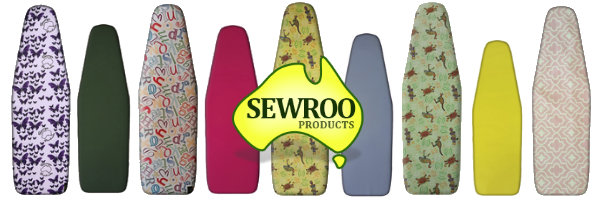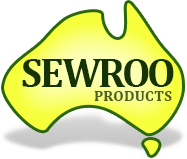

Recent Posts
Choosing the Right Ironing Board Cover
Posted by on
A good ironing board should last decades, or even a
lifetime. However, a cover will need to be replaced every couple of years. You
may also choose to upgrade the cover that came with your ironing board to
improve the quality or efficiency of your ironing work. Find the best cover to
match your board, your work and your hobbies.
Exploring Your Options for Covers
1. Reflect heat onto the fabric you are ironing with a metallic cover.
Metallic covers are made of fabric, but the exposed surface is woven with copper. This allows the heat of the iron to be reflected into the fabric you are ironing as opposed to the heat being absorbed by both the fabric of your garment and the fabric of the ironing board cover.
- Reflecting the heat back onto your garment will speed up your ironing process. It can also be an energy saver as more heat is created using less electricity and time.
2. Ensure your item stays in place with a non-slip ironing board cover.
The non-slip cover is especially useful for sewing and quilting projects. Making sure that your project stays in place on the board can be essential to creating straight seams.
3. Use natural unbleached cotton ironing board covers for everyday ironing.
This is also a practical option for sewing and quilting. Your clothes and fabrics will stay put and not slide around or off your ironing board. These are usually a thicker material like canvas or duck cloth, very durable and washable.
- Cotton will scorch if you get your iron too hot or lay it down on the surface for a long period of time. Although scorch marks on your cover will not damage your clothes, they do not look nice and are almost impossible to wash out.
- Some manufacturers have designed their heavy-duty cotton covers with a steam repellent layer underneath the cover to give you the best of both styles - no slip surface, with reflected heat for ease of ironing.
4. Choose a cover with a heavy felt lining.
Some ironing board covers are lined with a foam pad. The foam pad often loses its shape or becomes damaged easily. Felt lining is more durable and will maintain its shape.
- Be sure that the lining is thick enough to create a buffer between your garment and the perforated ironing board so that the mesh of the board does not transfer to your garment. Most pads are between four and eight millimeters thick.
- If you find the perfect cover, but do not like the padding, you can always add your own. Fabric stores sell upholstery foam and felt by the yard. You can cut this to fit on top of your board, then place your cover on top.
- Some people keep the old cover as padding and place the new one on top.
- Felt is an organic material and does not contain the chemicals which may be used in foam padding.
5. Get rid of any old ironing board covers which may be made with asbestos.
Asbestos was widely used up until the 1960s. It was considered a miracle material in that it was fire-resistant and durable. For this reason, white chrysotile, a form of asbestos, was commonly used in the production of ironing board covers. Since the 60s, though, the dangers of exposure to asbestos and its link to disease, has made asbestos obsolete and dangerous.
- If you are using a cover made after 1960, it likely does not contain asbestos.
- If you are disposing of asbestos, you should contact your local council for instructions on specified disposal sites for hazardous materials.
Want to view the range of ironing board covers we have: http://shop.sewroo.com.au/board-covers

 Loading... Please wait...
Loading... Please wait...





